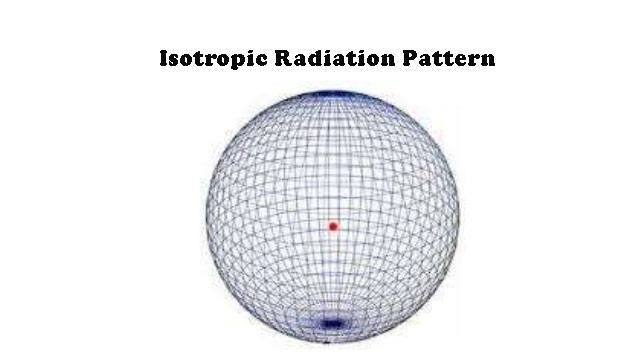

Signal boosters typically use a dipole antenna, which is an antenna that points signal in one direction. Here’s a visual that illustrates this formula. I Z =the electromagnetic intensity of an isotropic antenna at the same distance I X =the intensity of the antenna in a single direction at a certain distance Here is the related formula:ġ0 log 10 =the standard logarithm measure of relative power (gets this into dB) Another way to put this is, the power in the strongest direction divided by the power that would be transmitted by an isotropic antenna emitting the same total power. Any gain outside of this circle is the gain of the antenna or “gain dBi”. To the end of the circle of this isotropic antenna is a gain of zero dB. This is the amount of power an antenna can send or receive from a specific direction. How is dBi measured?Īntennas may have a rating measured in dBi. The red dot in the middle is the point source and the grid is the pattern of the power from the center.

This is the graphical representation of an isotropic antenna pattern. It is a representation of the pattern of radio waves reflected from the point source. This is a hypothetical antenna with a zero dB power rating, or no gain in and of itself.

The isotropic antenna is not a real antenna, but rather a model in which gain is measured against. This pattern is one which radiates power uniformly in all directions. The “i” stands for isotrope, which refers to an isotropic antenna pattern. Your signal booster comes with an antenna with a dBi value, so this is important to know. Antenna manufacturers use dBi to measure antenna performance. dBi stands for “decibel relative to isotrope”. What is dBi?Īs we continue to get into the more technical aspect of the cell phone booster and signal gain, we need to discuss dBi and its meaning. The amount of strength measured in dBm will determine the signal booster that will cover the area you need. This is the most accurate measure available. dBm is a concrete measure of the power level and used to measure signal strength in wire and cables and in your signal booster. What is dBm?ĭecibel per milliwatt, or dBm, is another measure for your cellular signal. Amplifiers cause a gain in power measured in dB and it is indicated by a positive number. This measures the intensity of the power level of an electrical signal by comparing it to a given scale. This is a ratio and not an absolute value. What is dB?ĭB, or decibel, is how we measure the ratio of input to output power. The amount of gain is measured in decibels. Measuring gain allows you to choose the perfect device for your needs. When you add a signal booster to your home or business, the device takes the existing signal and amplifies or boosts the power, thus making it possible for a stronger internet signal or connection. Since the fields above ground are the same as for the dipole, but only half the power is applied, the gain is twice (3 dB over) that of a half-wave dipole ( ), that is, 5.14 dBi.When the power coming out of an equipment is greater than the power coming into the equipment, it is said to have a gain in power. As the reactive part is also divided by 2, the impedance of a quarter-wave antenna is ohms.
Dbi vs dbd gain series#
As the current is the same, the radiation resistance (real part of series impedance) will be half of the series impedance of a half-wave dipole. Therefore, the total emitted power is half the emitted power of a half-wave dipole fed with the same current. In this upper side of space, the emitted field has the same amplitude of the field radiated by a half-wave dipole fed with the same current. The quarter-wave conductor and its image together form a half-wave dipole that radiates only in the upper half of space. The current in the reflected image has the same direction and phase as the current in the real antenna. It is formed by a conductor in length, fed in the lower end, which is near a conductive surface which works as a reflector (see effect of ground) and is an example of a Marconi antenna. The quarter-wave monopole antenna is a single-element antenna fed at one end, that behaves as a dipole antenna. The antenna and its image form a dipole that radiates only in the upper half of space.


 0 kommentar(er)
0 kommentar(er)
